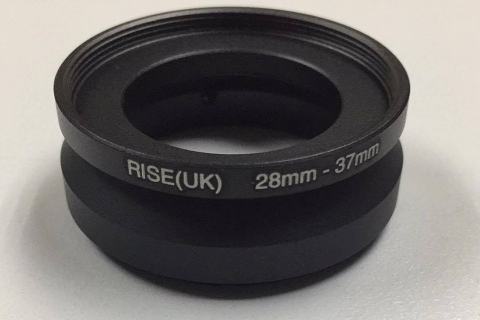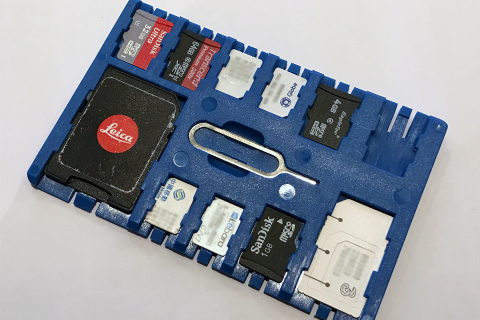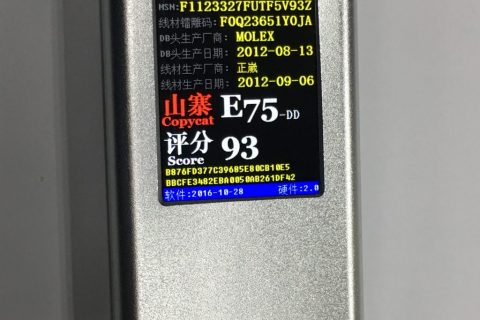現在、地球上で携帯電話端末販売台数が一番多い企業、Nokia。
最近、ハイエンドモデルを立て続けに発表しているが、ローエンドモデルも充実している。
ハイエンドモデルは多機能で高価、ローエンドモデルは機能は少なくとも安価で、現在ノキアの売り上げの大部分がこのローエンドモデルとなっている。
まぁ、携帯電話販売店を調べると、「機能はどうでもいいけととにかく話せてSMSが打ててメールができれば良い!」って人が非常に多い。1万円携帯電話は需要がある。その動向をあらわす様なリサーチ結果じゃと思う。
実際、Nokia以外の会社も3G未対応の新機種端末を安価に出している。結局、「そこまで早くなくても別に良いよ」という人が多いのだろう。しかもヨーロッパでは家に仕事を持って帰らない人がほとんど。
ビジネスマンでメールが必要でもメールだけならGPRSでもできるしEdgeが入っていれば3Gじゃ無くとも快適に使える。
「そもそも仕事は会社でするもの。いざとなったら電話して来い。」って人が多いですな。文化の違いがこんな所にも?
Appendix…
http://www.theregister.co.uk/2007/06/05/nokia_budget_growth_reliance/
High-flying Nokia now dependent on cheapies
Phones? They’re what phones will become
By Andrew Orlowski
Published Tuesday 5th June 2007 16:05 GMT
Exclusive Nokia is one of the world’s best known brands, and spends a lot of money keeping it that way. The Finnish giant splashed out £175m ($340m) on advertising alone last year.
Much of this advertising is designed to remind us that we’re inadequate unless we have one of its latest high-end pieces of gadgetry, which grow ever more sophisticated each year.
Click here to find out more!“It’s what computers have become,” the latest campaign reminds us. As well as enormous brand advertising, Nokia seeds prototypes of these expensive toys with drooling bloggers in the hope their uncritical enthusiasm will catch on amongst the rest of us. In fact, the conventional wisdom for many years has been that Nokia’s high-end, high-margin multimedia devices are the company’s future.
But the reality that’s emerging from the hard numbers tells a remarkably different story, we learn from a research note issued by Dresdner Kleinwort Investment Bank (DKIB), and seen by The Register.
Nokia is now “reliant” on sub-€50 budget models, says DKIB Research. And far from being the company’s past, cheapo handsets may be Nokia’s future.
Sub €50 handsets grew to take up 42 per cent of Nokia’s sales in 2006, the company’s CFO revealed last week. If that’s true, DKIB says, “then, one can conclude, the lower priced segment made up all (100 per cent) of Nokia’s shipment growth last year”.
DKIB extrapolates that Nokia’s sales of “above €50” remained flat at around 202 million units last year, which is a retreat in what is a growing market. Or as the research note put it, “a volume share attrition to the tune of 200bps [book value per share] as the market grew by around nine per cent”.
By contrast, Nokia’s thriving low-end added 500bps last year. Shipments doubled to 146 million, and Nokia commands two thirds of this budget market.
“If the current trend continues, then parity should soon be attained between the ‘above’ and ‘below’ €50 product categories,” DKIB warns. “Unless management takes special efforts to kick-start demand for the more luxurious models (N95, E-series, 8600 etc) through dedicated marketing campaigns, we would anticipate the 200m barrier to mark the ‘point of cross-over’.”
It’s a remarkable observation. When we posted a piece a year ago entitled Whatever Happened To…The Smartphone?, we didn’t expect this to happen, let alone so soon.
In 1988, London’s Victoria and Albert Museum, with the help of advertising agency Saatchi & Saatchi, began to brand itself as “an ace cafe with quite a nice museum attached”. It’s going to be hard for us industry-watchers to start thinking of Nokia as a budget phone company with “a nice multimedia division attached” – but perhaps we should.
Phones? They’re what, er … phones will become. ®














